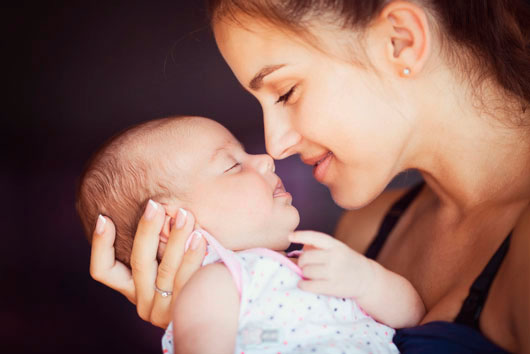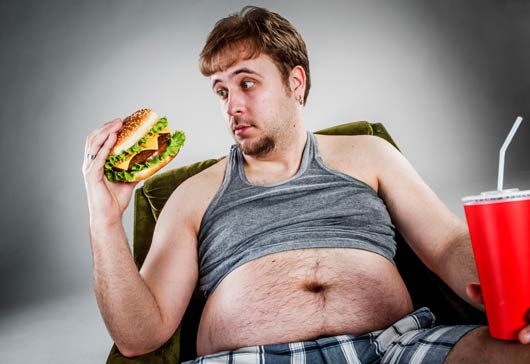
Since 3-parent fertilization is a relatively new procedure in the world of fertility treatments, we thought we’d give you the basics. Three-person in vitro fertilization involves combining eggs from two different women in order to replace mutated genes from the mother’s DNA that cause inherited genetic disorders. Then, the egg is fertilized by a man’s sperm and implanted in the mother’s uterus.
The nucleus DNA of the mother, the one that contains most of the inherited traits, is implanted into the donor’s egg. It replaces the existing nucleus DNA but preserves the mitochondrial DNA. Now, these types of fertility treatments are all still very new. In fact, it was only earlier this year that an FDA panel began looking into approving human testing on this procedure. In the meantime, researchers in the United States have already used it to produce five healthy monkeys. “Every time we get a little closer to genetic tinkering to promote health—that’s exciting and scary. People are afraid it will turn into a dystopian brave new world,” says Dr. Alan Copperman, director of the division of reproductive endocrinology and infertility at Mount Sinai Medical Center in New York. So, since it appears as though this technology is coming whether we’re ready for it or not, here are 10 facts about 3-parent fertilization to know now.
1. It will start in the U.K.
The U.K. is poised to be the first country that will allow 3-person IVF. Experts say it could be approved within two years.
Read Related: 6 Reasons Why Running Can Affect Your Fertility











